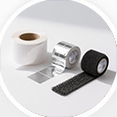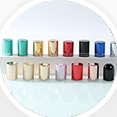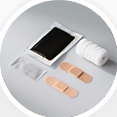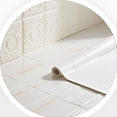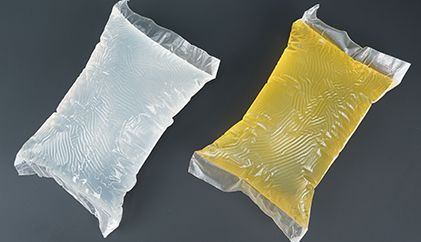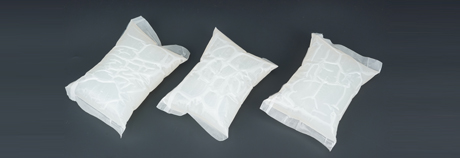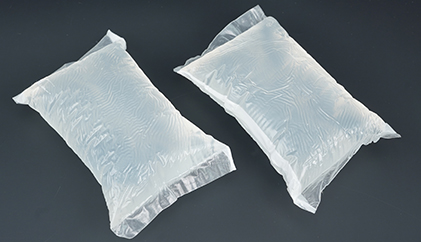-
 WhatsApp
WhatsApp
-
 E-Mail
E-Mail
-
 Company address
Building 2, No. 10 Yichuang Road, Yiqiao Industrial Zone, Yuhang Street, Yuhang District, Hangzhou City, Zhejiang Province
Company address
Building 2, No. 10 Yichuang Road, Yiqiao Industrial Zone, Yuhang Street, Yuhang District, Hangzhou City, Zhejiang Province
Contact Us
Frequently Asked Questions
-
QWhat are the main raw materials of PSA hot melt adhesives?
-
A
A: The main raw materials of PSA hot melt adhesives include synthetic resins, tackifying agents, oils, and additives.
-
QDo you use 100% virgin raw materials?
-
A
A: Yes, we use 100% virgin raw materials in our PSA hot melt adhesives.
-
QDo you provide MSDS (Material Safety Data Sheet)?
-
A
A: MSDS is available for all our PSA hot melt adhesives.
-
QDo you provide quality inspection reports?
-
A
A: We provide quality inspection reports. Each batch is tested according to our strict quality control system to ensure consistent performance and compliance with customer requirements.
-
QDo you support third-party testing?
-
A
A: We welcome third-party testing. Our products can be tested by independent laboratories to verify performance, safety, and compliance with international standards.
-
QWhat is the shelf life of PSA hot melt adhesives?
-
A
A: The typical shelf life of PSA hot melt adhesives is 12 months. To maintain optimal performance, adhesives should be stored in a cool, dry place, away from direct sunlight and high humidity.
-
QDoes the adhesive turn yellow over time?
-
A
A: No, our adhesives are designed with high-quality raw materials and stabilizers to prevent yellowing, ensuring long-term clarity and performance.
-
QDoes the adhesive have odor?
-
A
A: The adhesive has a very mild odor that does not affect its use.
-
QWhat substrates are suitable for PSA hot melt adhesives?
-
A
A: PSA hot melt adhesives can bond a wide range of substrates, including paper, cardboard, plastics, metals, wood, ceramic, glass and textiles, offering reliable adhesion for various applications.
-
QCan it be applied to paper, plastic, metal, and fabric?
-
A
A: Yes, our PSA hot melt adhesives provide strong and reliable bonding for a variety of substrates, including paper, plastics, metals, and fabrics.


